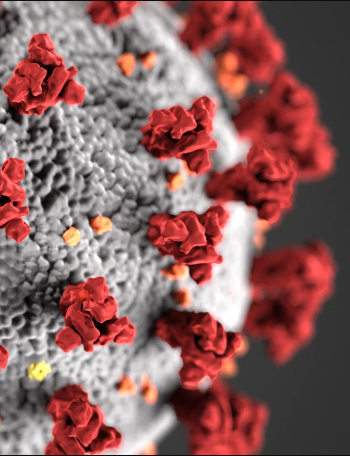
ESSIC/CISESS scientist Fernando Miralles-Wilhelm was recently interviewed by Water Action Platform as a part of their multi-day webinar series.
In the interview, Miralles-Wilhelm spoke on his recent work with Augustin Vintzileos as well as collaborators from The Institute of Human Virology (IHV) at the University of Maryland School of Medicine and the Shiraz University of Medical Sciences on the link between climate and the spread COVID-19. Last Spring, the researchers found that significant community spread of coronavirus often occurs along a narrow east and west pattern, roughly along the 30-50° N” zone. These regions have similar average temperature, humidity, weather patterns, and latitude profiles, indicating that these conditions might be favorable to the virus.
“What every model is telling you, of course, is keep your distance, use masks, and socialize as little as possible,” says Miralles-Wilhelm in the interview, “The added ingredient in all of this is that if you are within a temperature and humidity range as I described, the conditions can be relaxed a little bit or need to be tightened a little bit. We’re being careful in not saying it’s only temperature and humidity — it isn’t — but it does have an influence.”
Last May, an ESSIC feature delved further into this research. Miralles-Wilhelm and a few of his collaborators also presented on this research in an ESSIC Seminar last month.
Miralles-Wilhelm is a hydrologist and water resources engineer who conducts research on water, sustainability and climate. He has worked on problems related to surface water and groundwater; physical, chemical and biological processes in aquatic ecosystems; climate-hydrology-vegetation interactions in ecosystems; water resources management in urban and agricultural watersheds; stormwater management; and water quality control.
To listen to the interview, click here.





